Anton Mertens on Sea Sparkle and Baghdad Messi
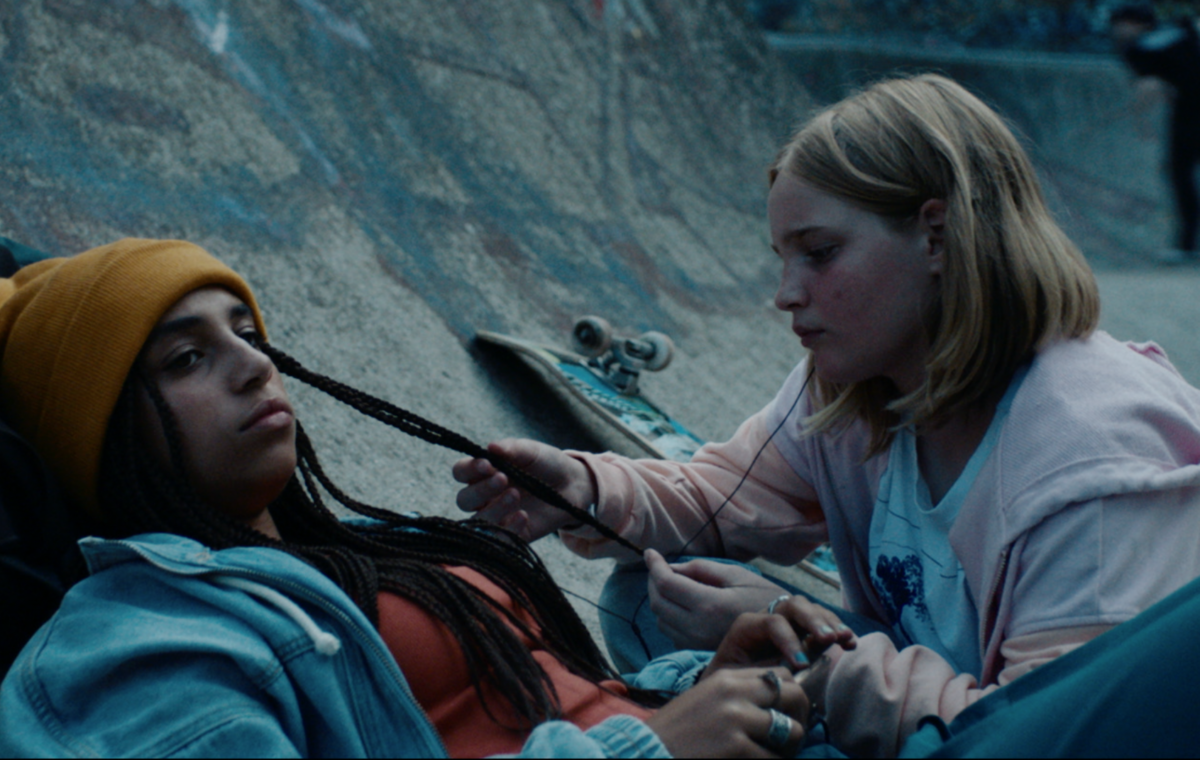
When her father dies at sea, Lena starts desperately looking for the cause, convinced a sea monster is to blame. Her relentless push against the tide reveals a tale of anger and grief, yet also of the strength and comfort the ocean provides. Sea Sparkle is the debut feature by Domien Huyghe.
Baghdad, 2009. Ten-year-old Hamoudi lives for football. During a match with friends, his village is attacked. The boy loses a leg, and his dream of becoming a professional player. Despite the guilt felt by his parents, and his inability to play, Hamoudi tries to keep his passion for football alive in this war-torn country. Baghdad Messi is the second feature film by Sahim Omar Kalifa.
Anton Mertens shot Baghdad Messi on location in Iraq before returning to Belgium to immediately commence work on Sea Sparkle. “I did some prep with Domien for Sea Sparkle before I went to Iraq,” says Mertens. “That involved location scouting as well. Our prep for Baghdad was two weeks before we started shooting, locally in Iraq, which was mostly used to find the locations. Then when I came back from Iraq, I had some prep for Sea Sparkle. I didn’t feel like I was lacking anything on either film in terms of prepping for them. The tricky part is resetting your mind after finishing one film. Everything you have experienced before you have to leave behind and start anew, with new people and a new story and setting. Sometimes that takes a few days to make the full adjustment from one project to the next. I did some prep for Sea Sparkle before I went to Iraq to shoot Baghdad, so you are picking up bits that you already worked on and such. Over the years that is something you train for, to go from one project to the next one.”
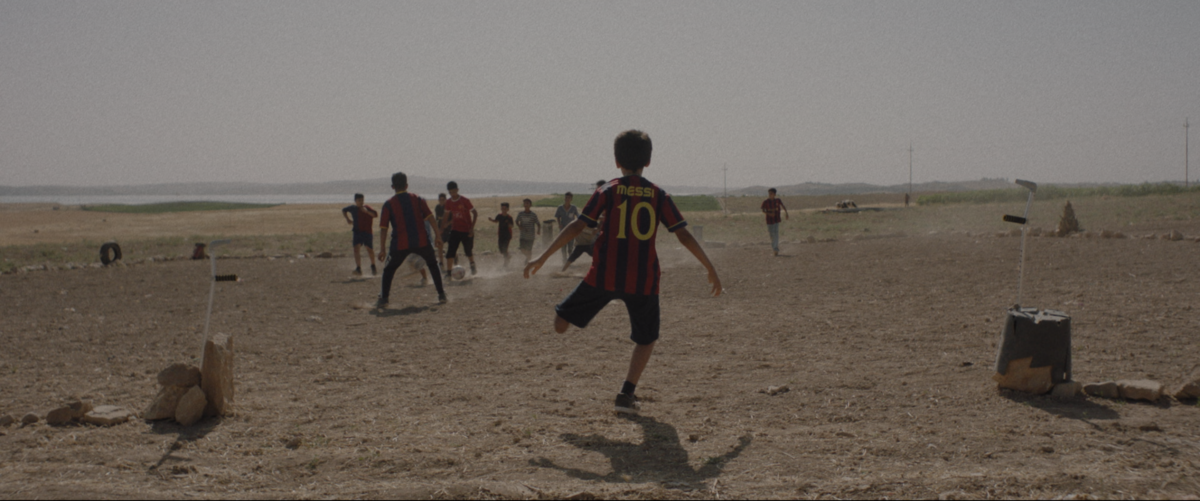
Both films deal with childhood traumas and are told from the perspective of young protagonists. “Both situations also deal with loss,” adds Mertens. “Lena, in Sea Sparkle has to deal with the loss of her father at sea and Hamoudi in Baghdad deals with the loss of his leg and then his father at the end of the film. The loss of his leg symbolizes his liberty and the world he lives in collapses around him. The challenges on both films were a bit similar, in that you are very much dependent on a strong lead as a character at a young age. The actor Ahmed who portrays Hamoudi actually lost his leg in an air raid at a very young age, but he still had to transform all of that into what was written for his character. Those challenges were similar in how to try to capture that and how to kind of deal with being in front of the camera not being trained actors in both cases. Some of the other children were either local to the village where we shot the film, like the oldest boy who lives there and then some other children were cast and live in a refugee camp and other villages, so it was a mix of backgrounds and different cultures. Iraq is so big and the people are so different depending on the region. That was interesting to experience.”
“With Lena for Sea Sparkle, they took her to a whole training course to get her to play in front of the camera,” Mertens continues. “We had a test day with Lena, just with the director and her and we went out to the beach and the pier to shoot some footage with her on a skateboard, or looking out to see, or walking across the shoreline, just to see how she would react to a camera being close to her. She was so amazing with it that we could immediately lift the film to a higher level. She was able to handle so much in an instant, portraying emotions without being disturbed by the camera being so close to her. Quite a lot of that footage is in the actual film as well because it was so useful to have in between written scenes, to have moments of her on her own, digesting what’s happening to her. On that first day she was able to bring all of that to the foreground. So, it upped the game for other actors in the film, that it wasn’t just a children’s film, we were trying to do something more than that, something that is truer to the motion of what she is going through on a more mature level. On the other hand, obviously you have the story of her imagination come loose as she imagines the sea monsters that live underneath the sea that she believes have captured her father. You have that part to it as well. That was the difficult with Sea Sparkle, finding the balance between the more mature storyline and finding the fantasy element of it.”
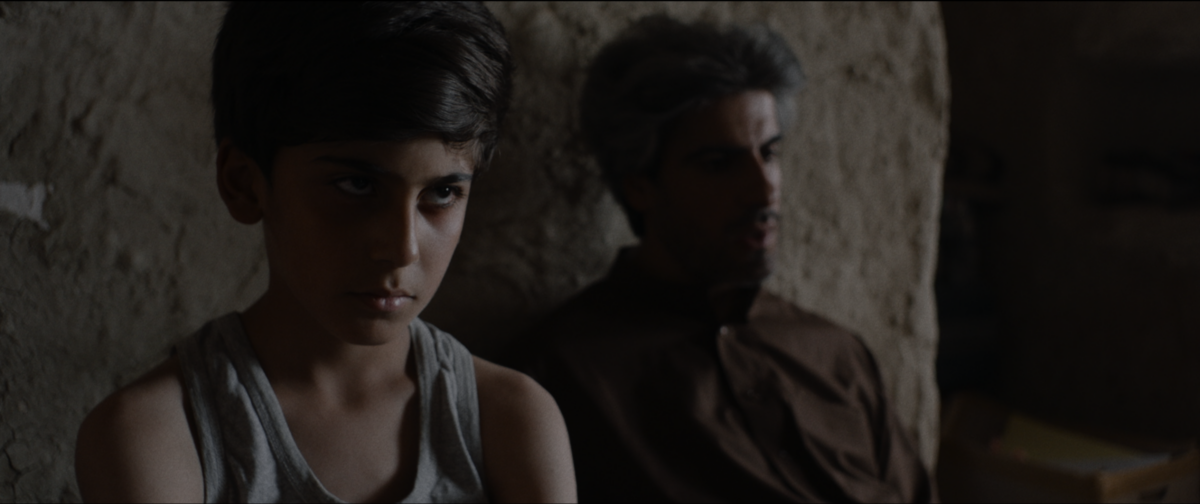
Baghdad Messi was shot on location in the Kurdish part of Iraq. “Sahim, the director is from that part of Iraq,” explains Mertens. “He came to Belgium as a refugee many years ago, so he knows the area very well and he goes there to see his family. Sahim wanted to make the film in Iraq and not go off to another country to recreate it and we had a production company willing to go along with that as well. Sahim, before this film, he’s done a lot of short films and they were all shot in Iraq with the same production team from A-team productions. So, they had lots of knowledge of what it is to film there and how to deal with things. That helped massively. He is well known by the locals too as a successful filmmaker. There were scenes where we also had to keep the crowds away because people just came and had a look. Everybody was really helpful though and if you needed help someone just helped you along. The authorities and military when we did the chase sequence through the city, they were very helpful with everything. There was a good atmosphere between the European and the local crew and it was a good mix I think. The art department was Iraqi and to create the minefield and leftovers from the war was something they could visualise because they have actually seen it. It’s very much part of their recent history in their country. They didn’t have to go and look for references.”
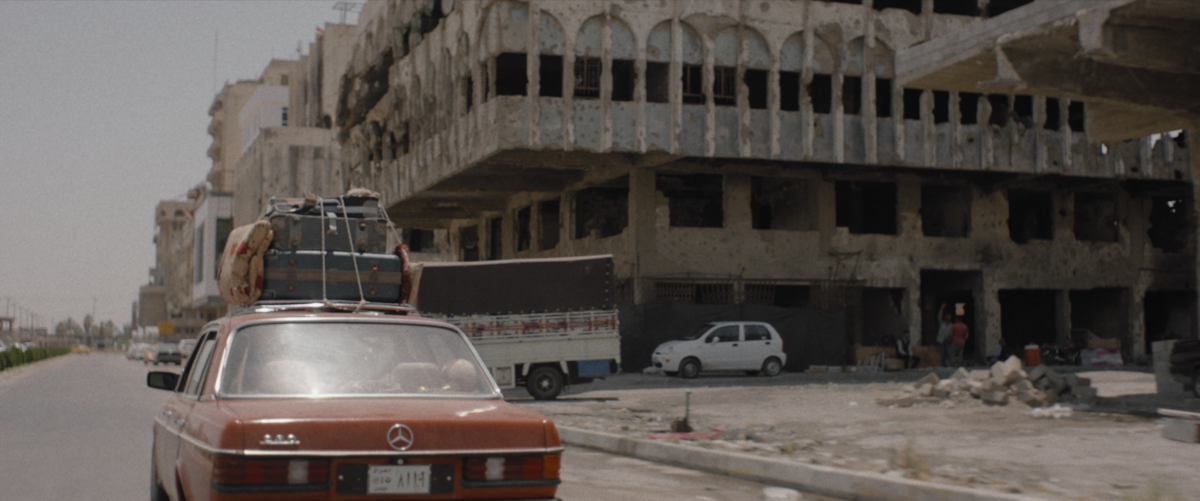
Some of the city sequences in Baghdad Messi were shot on location in Mosul, as Mertens notes: “Mosul was an experience, in that Mosul, as you may know was completely ruined in the war against ISIS. It was ruined to the extent that it made it uninhabitable and it’s very reminiscent of images we see nowadays on TV. There was a certain tension going there. It isn’t the safest part as there are still ISIS members hiding out there. We were given military escorts when we went to film there from the Iraqi government, which is strange being in a convoy of armoured vehicles with these big machine guns on them. You are there with your camera going to location and it’s very different. It’s also very confronting to see, as it’s a place you sort of know and recognise from the news, but when you are actually there it is very powerful. It was a very emotional part of the shoot when we went there because on the one hand you feel whether or not you should be there as a filmmaker. You are amongst people trying to rebuild their lives. On the other hand, you are very excited because it’s a very good background for your film and a background you can’t really recreate with that budget. The village in Baghdad, we scouted a few villages and found this one interesting because you had a view on it from above and it was by a lake. It was interesting to have the fisherman element of the village. We created their house in fact and had this side building on a small farm. We took out the animals and created the house there in the building. We also had to find a place for the minefield. We found this bare plateau in the mountains where we could do that with this leftover bunker which we could use for the film. The same thing goes for when they go and find some grenades in a building. It’s a building that got bombed at one point and was just left their like that. So, we also used that as a location. In a way there wasn’t much to build for the art department because we could go out and find stuff that worked for what we needed.”
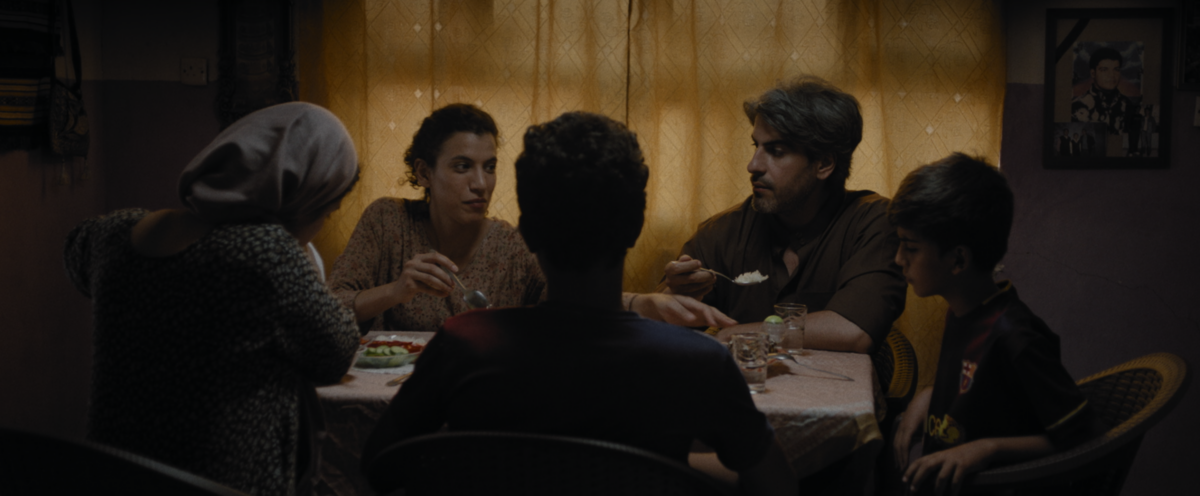
Mertens and his team had 25 shooting days for Baghdad, with one or two additional days, while Sea Sparkle consisted of 29 days. When it came to the most challenging shots to realize for Baghdad, Mertens points to the minefield sequences. “It was difficult because it was in an open field and we had lots of stuff to do there and it was very hot. It gets very hot in Iraq and I shot everything handheld. So basically I don’t have the camera on my shoulder and it’s handheld in order to be at the eye-level of the children. That meant that anything metal on the camera got really hot. I walked around with these bandages on my hand to protect myself a bit from the hot metal. It was really hot for the cast and crew and it was also dusty because of all the explosives and things. We shot that sequence over the course of two days. The difficulty is trying to get the continuity of the sun that moves around from one end of the location to the other. That was challenging to make it all work together. We didn’t really have lots of equipment in Iraq. We had some lighting equipment that came in from Holland, but nothing in the range of having large control of the sun. So, you are just having to deal with what the sun is doing and try to kind of set your shots at the right moment where you think the sun is going to be. It was a bit of theme with both films because so much of them are shot outdoors. Once I’ve seen a location, I’ll often spend a long time thinking about where we will put it in the schedule and where the sun will be and how I can deal with that, without having to flag it off or manipulate it and just use it as it is.”
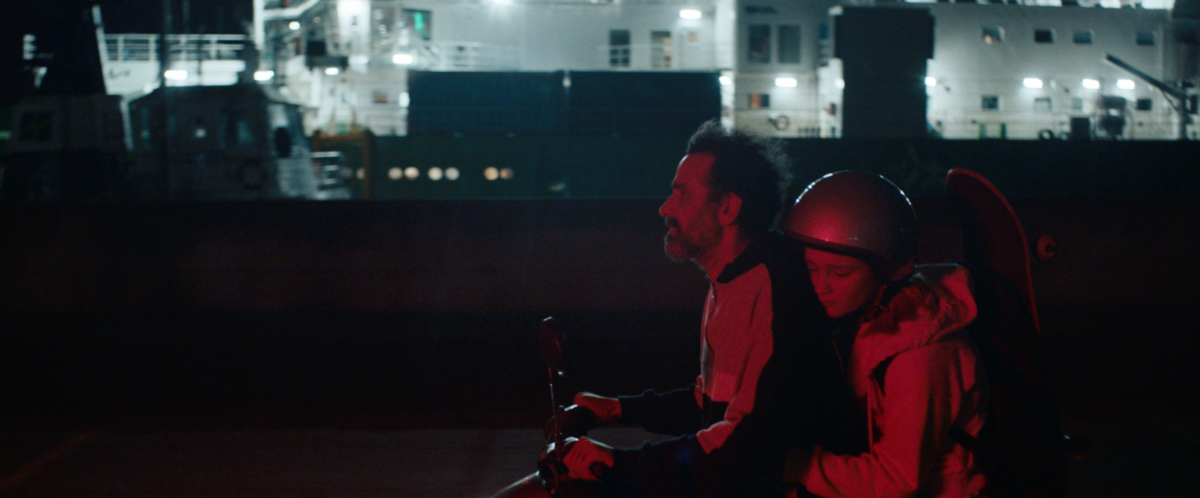
For Sea Sparkle, the water stage sequences proved to be particularly challenging. “They were always a challenge because you aren’t in a natural environment and you are trying to recreate something,” says Mertens. “That was something I tackled very early on in conversations with Domien and production. It’s hard to do anything that was water related for those scenes. You have the opening sequence with them being out sailing and you have a few other water sequences as well. With the scene with the sea monster, the question was how to approach it in what you see at night on the ocean. You are basically in a big black void. Then, we came up with the idea of putting it in a foggier environment in the ocean. It also helped us to camouflage the fact we shot it on stage. We used Lites water stage for these scenes. It’s the most technically advanced water stage I’ve worked in as they can created waves and mist at the click of a button.”
“The other challenging aspect was what to do with it lighting-wise at night,” continues Mertens. We didn’t want this moonlight feeling, so we came up with this idea of giving Lena the kind of green colored lights that they use to attract fish at night. So, it gives this lighting effect on the boats and also when she dives into the water and gives the impression of how deep she is diving away from the boat, as it becomes darker and darker to find the monster. I think we had one day for the bit above water and one day for the bit below water. Being above water, we used a regular dry camera from a technocrane and then when Lena dives in we had Wim Michiels shoot the underwater footage. Benuts created the VFX monster. There wasn’t anything in the water for Lena to interact with, obviously as the monster was VFX. Most of the shots Saar Rogiers, who played the lead character, did herself, which was quite amazing as well. We had a swimmer double to be her when it would be too difficult for her, but she went for it and tried to do most of it herself, which she did. It was quite deep and advanced, but she did a really good job with it.There’s also a bit in the middle of the film when she dives into another wreck and that we actually shot in a lake, so that wasn’t on a stage. We sunk a boat and then let her dive towards the boat. If you do that on stage you have to recreate the whole environment and the ground where the boat is and all of the dirt and fish elements that you have in the lake. So, in that case it’s easier to do that for real.”
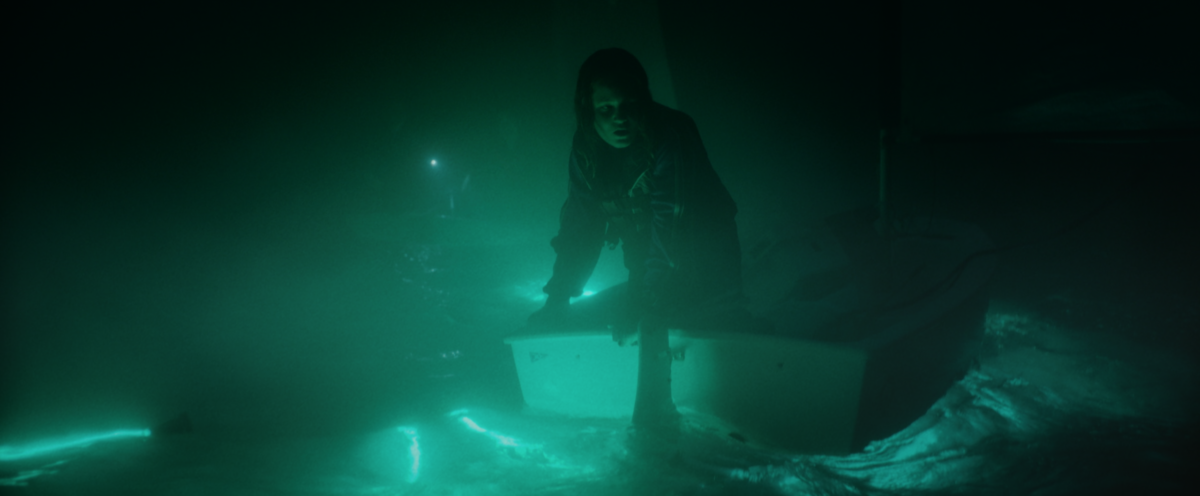
Another challenging sequence for Mertens and his team to capture, in terms of lighting, involved Lena rushing towards the shoreline at night where she finds a piece of a wreck. “That we did with just having a bit LED light at the end of the pier just blinking as if it were a lighthouse or something, or a warning light for boats,” Mertens details. “The hardest thing is how to light a beach at night because there is nothing there at night basically. There were also some driving bits that we played around with, just having red or purple light on her while she is on her bike or on the back of the motorcycle. There were some nighttime bits just to convey her emotion a bit with having the coloured lights on her in real world without any reference or any motivation why there would be that kind of light when they are driving the bike for example. We also played around with light in her bedroom and the museum where she goes. In Baghdad there aren’t lots of nighttime sequences. There is one where we found this field with the oil refinery and we shot this night scene when they come back from the minefield. This orange light projected up in the air from the fires of the oil refinery. That was an interesting find as well, to have them in the landscape so you can still have them in the landscape. Something that is more dangerous, but also a reference to the fact there is so much war in Iraq because of oil and the oil refineries. That references to that part of the country’s history. For me, it was an interesting way to have a landscape without having to light it.”
The skate park sequences in Sea Sparkle were captured by Willem Volker, a friend of Domien. “He is a director and came up in filmmaking through skateboarding,” says Mertens. “He did some shots from his skateboard, following a skateboard double. Saar did some of the skateboarding herself, but not the specialist work. That’s one part of it and the other part is basically me running with the camera while she is gliding around on the skateboard. There were some other nice sequences where used a golf cart along the promenade where she skates very quickly amongst the tourists. That’s how we approached those scenes,” says Mertens. “In Baghdad, we tried to let them be free as well as much as we could instead of making them stand on a marker, for example. On both films there was hardly anything shot on a dolly for that reason. You have to have a crew that is willing to go along with that freedom, in terms of lighting and camera crew, just to be ready for anything that is a bit more improvised. That is something that I tried to build into lighting, that lighting is built into the environment, in a way, with very minimal equipment on the floor and the set, to move around and make the cast feel less like they are on a film set. If things are a bit more hidden, then they can imagine themselves actually being there, so that was a common theme with both films.”
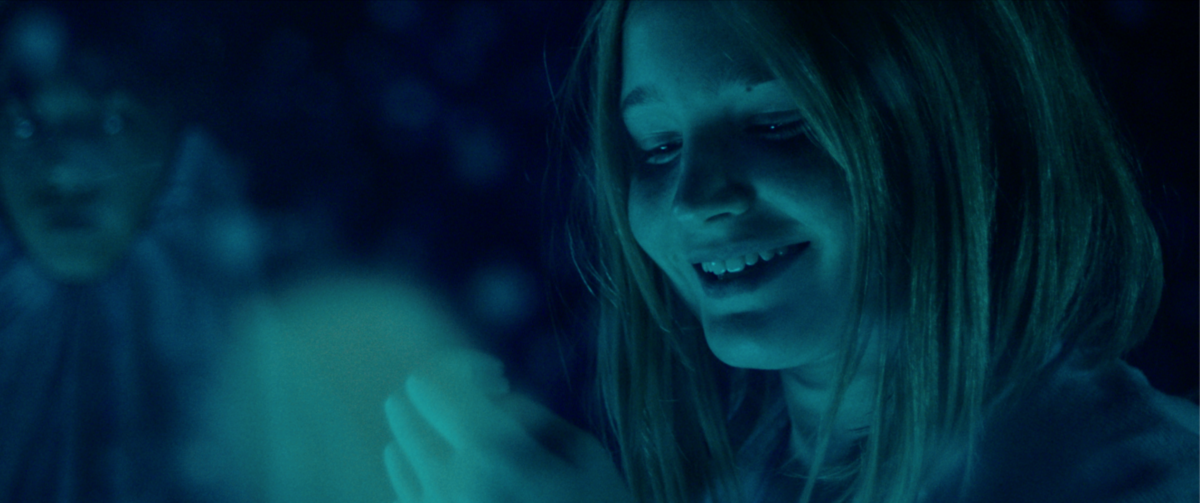
Both Sea Sparkle and Baghdad were colour graded by Bart Verraest, as Mertens explains: “We had to go to Filmmore Amsterdam to do the finishing of both films and that had to do with the co-financing between countries. The colouring aspect and finish were different for both films. Sea Sparkle was very colourful and summery, upbeat, with very expressive and colourful moments, to convey the emotions of the settings. Baghdad was more desaturated because of the dry landscape and the more limitation of colour palette you have in the clothing people wear and what the streets look like, an earthier kind of world. Bart treated both films differently in the colour grading because of that.”
“The way I brought everything out to the level of the characters is something very similar that I did on both films. They are both shot from not a physical adult height, but a lower height. So that was very similar to do. That wasn’t just a choice from imagery, it felt like the most natural choice for both films. It wasn’t something that we thought out or set as a rule, from the first day it was something I did as it felt the most natural way to shoot them. In both instances, I wanted to give the children as much freedom as possible, in that they could basically go anywhere they wanted within the set or do anything they wanted. In Sea Sparkle, there were quite a lot of sequences that we improvised that weren’t in the script. At one point, for example, we had to wait for nighttime to come, so we improvised a scene with the two girls throwing rocks aimlessly into the grass. That became something that we came up with on the day and we just improvised with the camera around them. There were a few things like that in the film as well. Another similarity between the two films is the use of landscape. In Sea Sparkle you have the beach and the sea, which are very prominent in everything. Then in Baghdad, you have the empty vistas with just a mountain, or a lake, or even on the football field with the mountain or lake behind them in the background. Both films are very much set in the landscape, which I found really interesting to do. Both characters are a product of their landscape and in a landscape where they can get lost. Lena can get lost at sea with her boat and Hamoudi can get lost in the desert looking for grenades,” Mertens concludes.
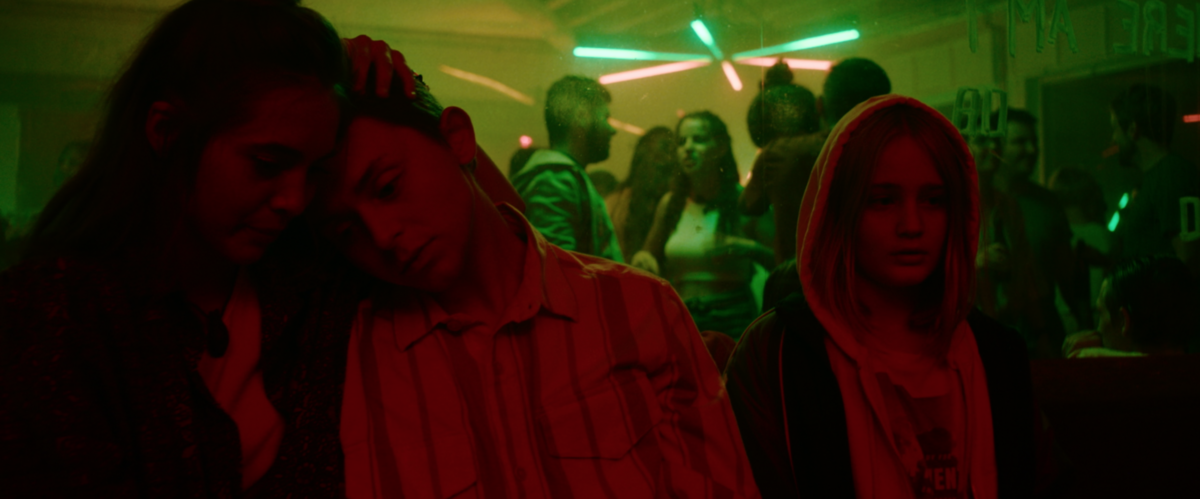
Sea Sparkle
Directed by Domien Huyghe
Production : A private view
Ravi Breukers … electrician
Alexandra Brixy … underwater camera assistant
Gaetan De Poorter … first assistant camera
Sander Idema … best boy
Thomas Jeninga … gaffer
Aaron Lapeirre … still photographer
Olivier Merckx … steadicam operator
Alana Stoefs … second assistant camera
Kris Theuwis … key grip
Dirk Van Rampelbergh water stage gaffer
Willem Volker … Skate Cameraman
Baghdad Messi
Director: Sahim Omar Kalifa
Production: a-team productions
Technical Specs
Camera : Arri Alexa mini
Lenses: Cooke s2
focus puller: Krispijn Tant
gaffer: Daan de Boer
colorgrader: Bart Verraest
By Oliver Webb
BAGHDAD MESSI a film cinematographed by Anton Mertens (SBC) and directed by Sahim Omar Kalifa from SBC on Vimeo.
ZEEVONK, a film cinematographed by Anton Mertens (SBC) and directed by Domien Huyghe from SBC on Vimeo.
